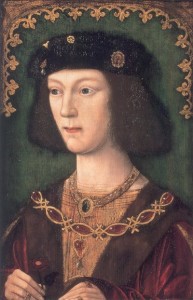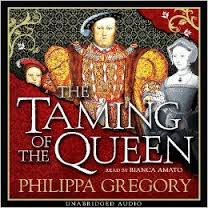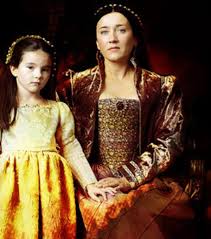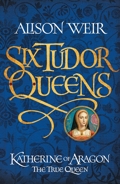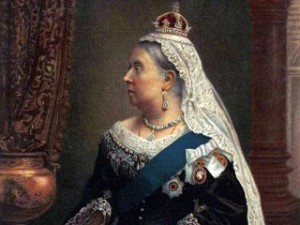Henry VIII has gone down in history as a great womaniser. Given that he took six (almost seven) women in marriage, you can see where subsequent generations are coming from. However, a closer look at the facts suggest he may not have been as active in extra-marital activities as fans of Tudor history might assume – at least not to begin with.
We know that after a decade of marriage Henry had started to play away. His mistress, Bessie Blount, had done what Queen Katherine of Aragon had proved unable to and delivered him a healthy son. He was prepared to shout it from the roof tops. This experience perhaps, gave him the taste for adultery and he had soon moved on to Mary Boleyn before, infamously, becoming infatuated with her sister.
There is talk of dalliances before Elizabeth Blount and of course it is entirely possible that details of these are lost to us. But David Loades has recently argued that some of the early flirtations laid at Henry’s door were nothing more than the accepted pantomime of ‘courtly love,’ where aristocrats exchanged gifts, tokens and letters that conveyed affection which did not (in theory) lead to any physical interaction.
The real question though that I’ve been scratching my head over is: when Henry married Katherine, as a newly ascended 17 year old, did he do so as a virgin, as of course she famously claimed to? I’m not sure how we can ever know, but for the following reasons, I’m inclined to think he was as a pure as a winter snow flake:
- He was young – Henry was still 17 when he came to the throne and married. The most obvious argument to support chastity up until this point is that he hadn’t had much time to do anything else.
- He was sheltered – After losing his first son to an untimely demise, Henry VII was hyper-protective of the only remaining Tudor heir. He banned Henry junior from dangerous sports and went to great lengths to keep him safe. I have no evidence that this extended to shielding his son from the wiles of women, but it is conceivable. In Tudor times, teenage sex was often seen as dangerous to health and even married young couples were sometimes encouraged to refrain from it. Also, some believe that Prince Henry’s upbringing was largely overseen by his grandmother, Lady Margaret Beaufort, who had more than enough reason of her own to be fearful of such antics at a young age. That being said, I find it hard to believe this was a subject she would have raised directly with her grandson.
- He may have been genuinely confused about Katherine’s virginity – Many considered Henry’s case for a valid divorce from his first wife to hinge around whether she was a virgin upon their marriage (she had previously been married as a teenager to Henry’s elder brother Arthur, but denied that the marriage had ever been consummated). When the King later married Anne of Cleves, he described in great detail why he, somewhat strangely, believed her to be ‘no maid’. He never had the confidence to do so with Katherine, which could be a major hint toward his inexperience with women in 1509. It is also possible that the more familiar the King became with the female form, the more he had genuinely growing doubts about his wife’s precondition and the validity of his marriage – although this is perhaps a far too sympathetic understanding of the King’s ‘great matter.’
Anyway, these are just some #QuickFireThoughts for what they’re worth. Either way, it isn’t a particularly significant question, but it does go to show that despite public perceptions of England’s most famous ruler, all is not always what it seems.
